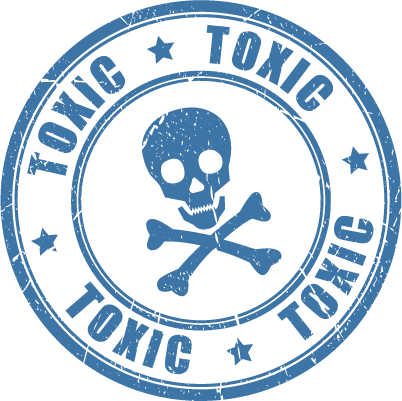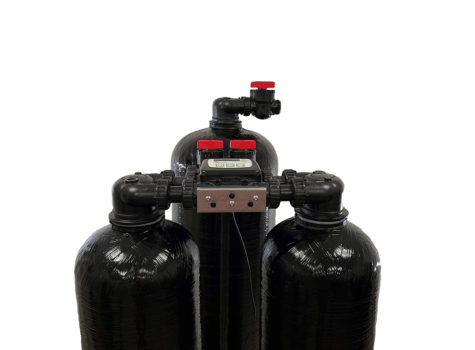
Chemicals
 OVERVIEW AND TREATMENT OPTIONS:
OVERVIEW AND TREATMENT OPTIONS:
Chemical contaminants are compounds or elements, occurring naturally or man-made. Any water supply is at risk for chemical pollution. Private well water can be considered high risk for chemical contaminants, but the disinfecting chemicals put into the water from your local municipal treatment plant can also produce by-products that are potentially dangerous to your health. Use this section to learn more about the types of chemicals that may be in your water supply, and the treatment that will reduce these contaminants.
SOURCES
There are a number of different chemicals that may be found in your water supply. This is mostly driven from your location locally and nationally. Most municipal treatment plants use chlorine or chloramines to disinfect water, both of which may linger through the drinking system and find its way to your drinking water. These disinfection chemicals may additionally produce by-products as they break down such as trihalomethanes (THMs) – a known cancer causing agent. Private wells are at high risk for having chemicals present as well such as pesticides, fuels from spills, improperly disposed of toxins. Water coming from underground aquifers are fed with groundwater.
 TESTING
TESTING
Most chemicals are hard to detect and have no obvious indications of their presence making it often difficult to tell if there are any contaminants in your home or businesses water supply. Water treatment plants are generally highly regulated testing for all regulated chemicals and toxins. Click here for a list of the USEPA Drinking Water Regulations They typically wont test for the pollutants that are unregulated though. If you have concerns about any chemical contaminants being present in your water supply, we suggest to get your water tested and analyzed by a trusted water treatment specialist in your area.
This type of water may be expose to a wide variety of chemicals and pollutants including:
- Spilled Fuels
- Insecticides
- Herbicides
- Prescription meds
- Hazardous Waste
- Polychlorinated Biphenyls (PCB)
- Trichloroethylene (TCS)
Chemicals can be introduced into water supplies through:
- Excess toxins poured down drains
- Rainwater washing away freshly applied lawn chemicals
- Clothing or rags with chemicals on them being washed
- Insecticides on pets are washed off in the tub
- Melting snow carries anything deep into the ground and into aquifers
HEALTH CONCERNS
Chemical exposure through drinking water can lead to a variety of short-term and long-term health effects. Exposure to high doses of chemicals can lead to skin discoloration or more severe problems such as developmental or reproductive effects and nervous system or organ damage. Many chemicals in water supplies are known as endocrine disruptors, meaning they can interfere with the hormones in living creatures. Endocrine disruptors have been linked to birth defects and developmental disorders. Exposure over a long period, even at low doses, can lead to chronic, longer-term conditions such as cancer. Overall, the effects of some drinking water contaminants are not well understood as of yet.
TREATMENT
The best proven way in removing chemicals is utilizing filtration that incorporates some form of ACTIVATED CARBON FILTERS. This is the recommended treatment for most of the water contaminants listed by the USEPA that can be found by CLICKING HERE. GAC (granular activate carbon) filters are often used to remove VOCs, pesticides, nitrates, hydrogen sulfide, and more. GAC filters adsorb chemical molecules on it’s specially treated & highly porous surface which provides a lot of room for chemicals to stick to the carbon surface making this the most common media for chemical reduction. These filters can become a source of contamination, especially if not properly serviced or periodically replaced. It may be a good idea to follow a carbon filter with some sort of disinfection unit such as a BWS UV SYSTEM.

